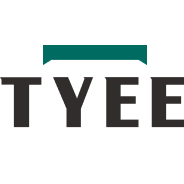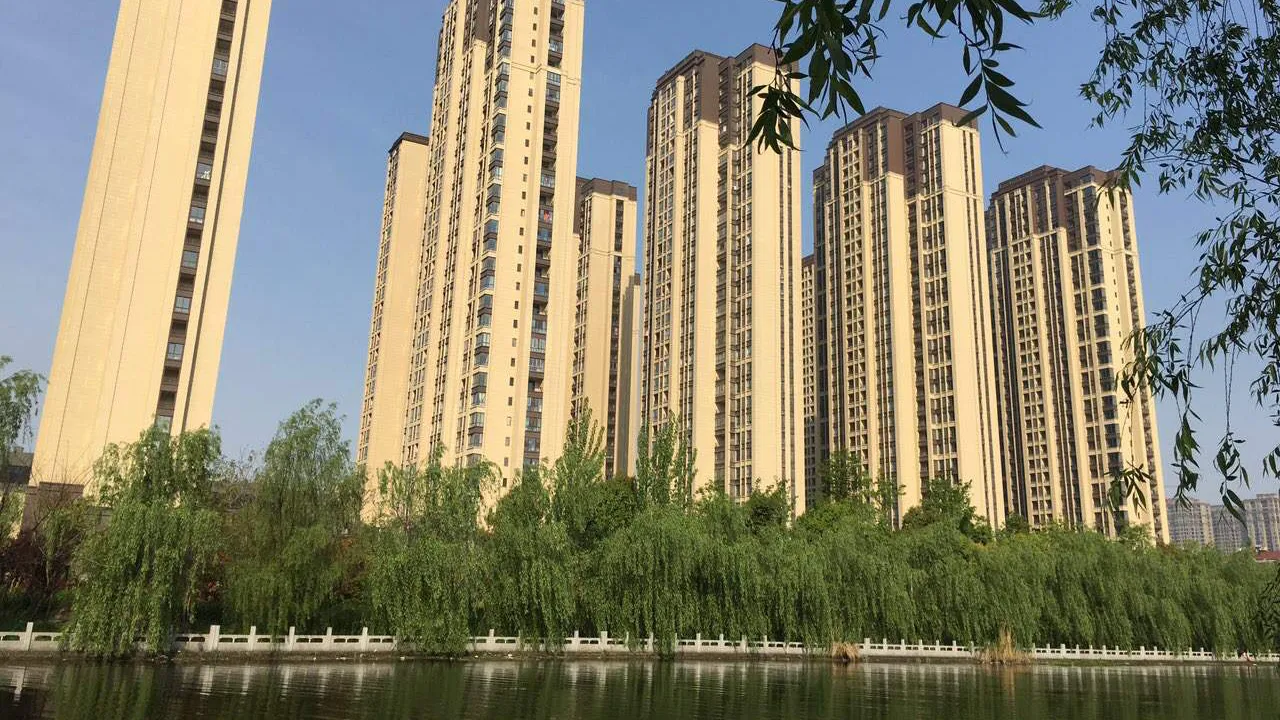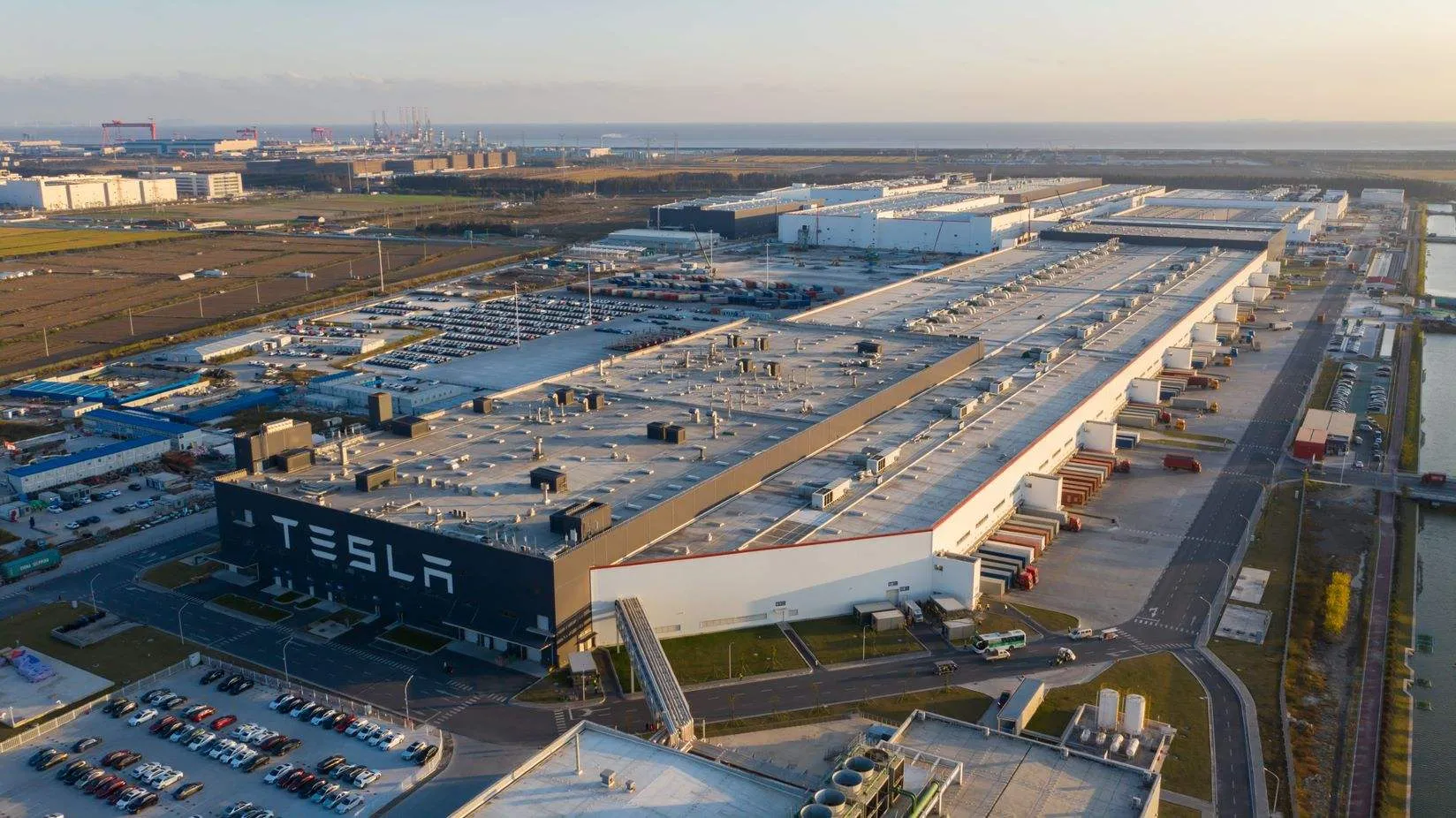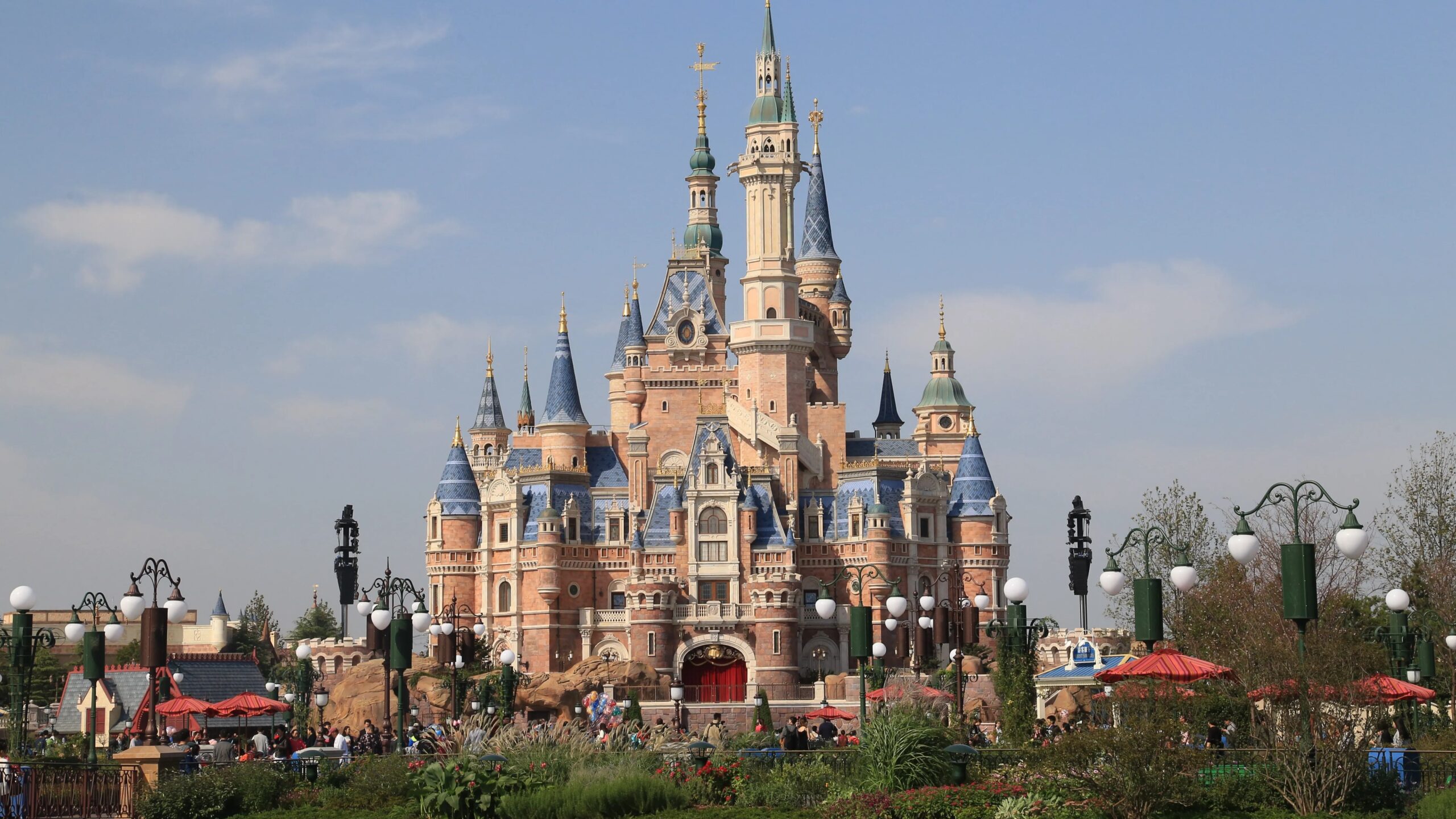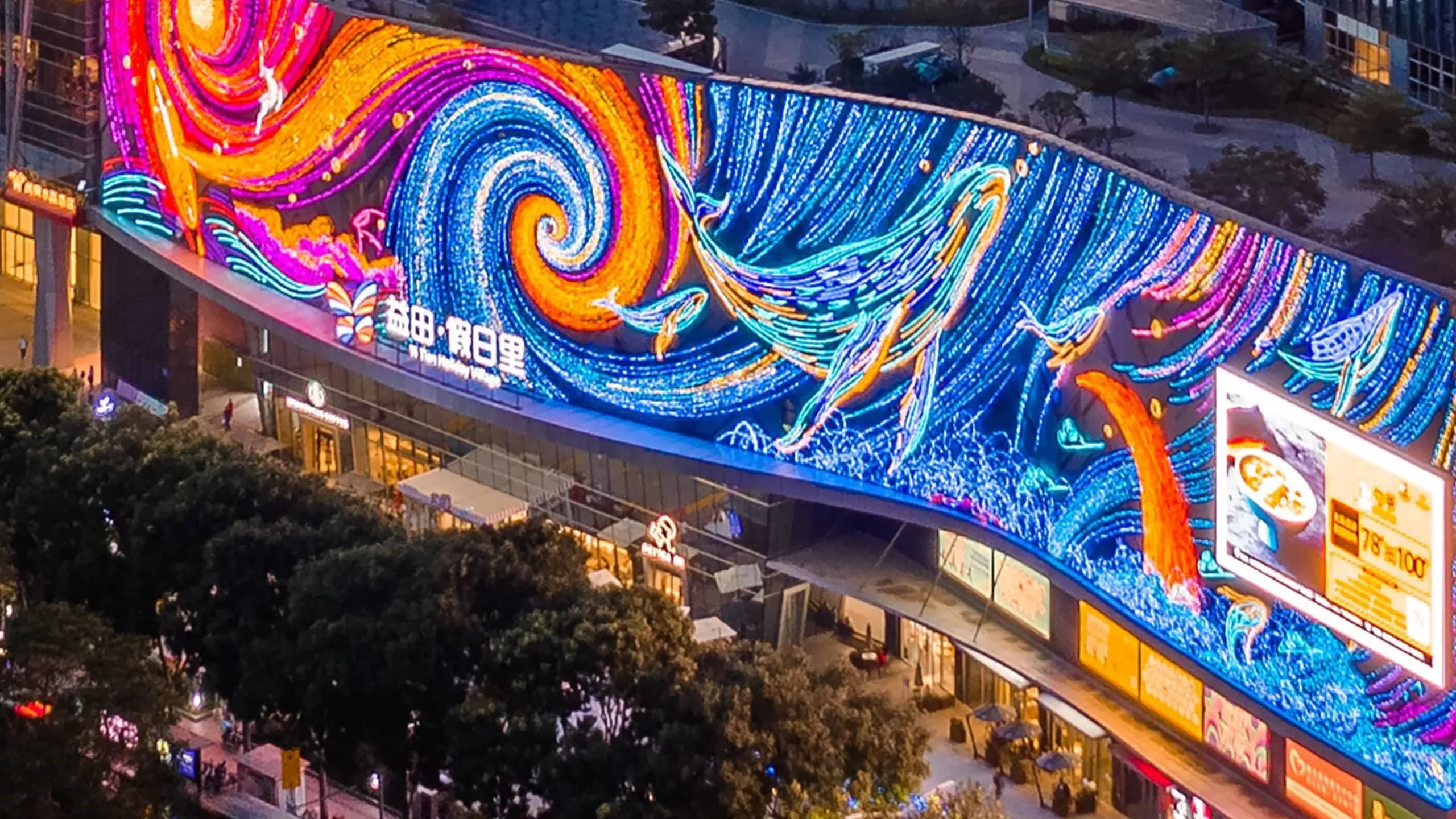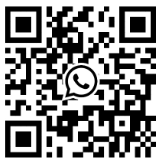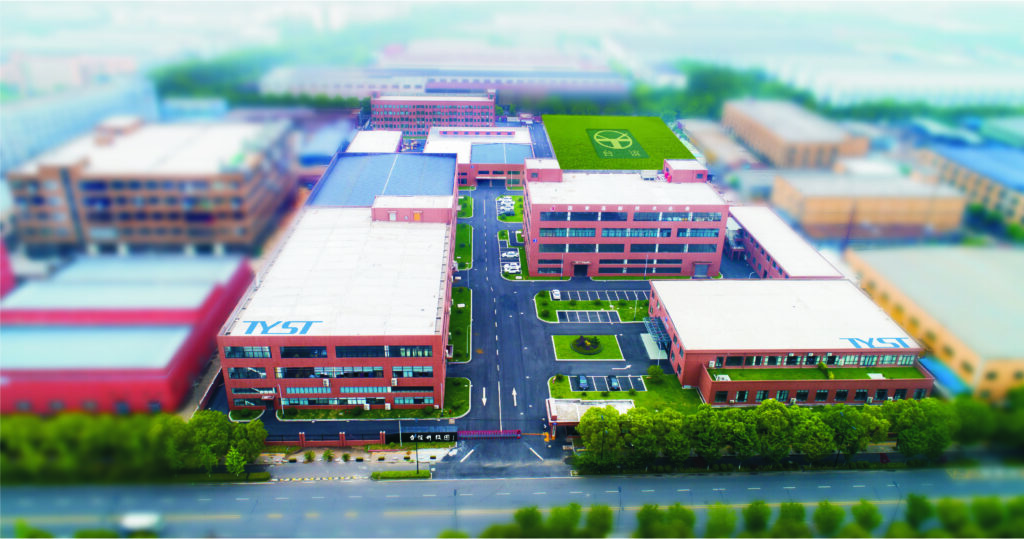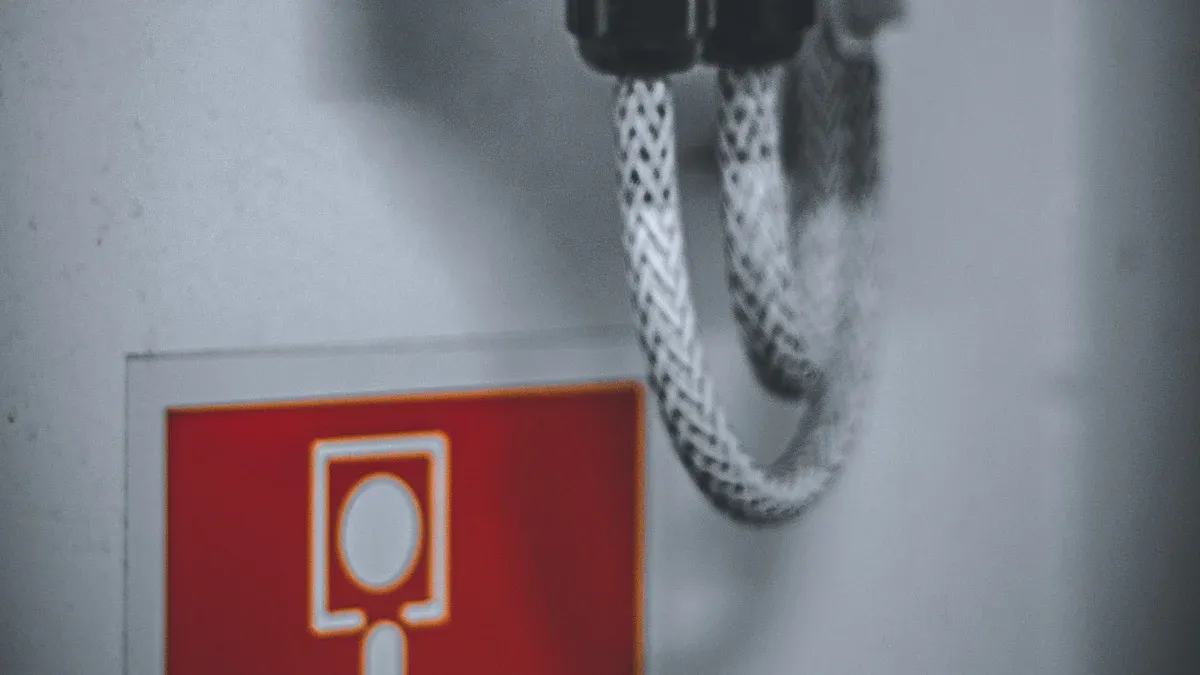
Smart integration of fire alarm, sprinkler, and hydrant systems changes fire safety in new buildings. You get help from IoT, AI, and one main control. These tools help find fires faster. They send alerts right away. They help people work together in emergencies. Data shows AI-based management gives 75% satisfaction for training and use. Old ways do not do as well.
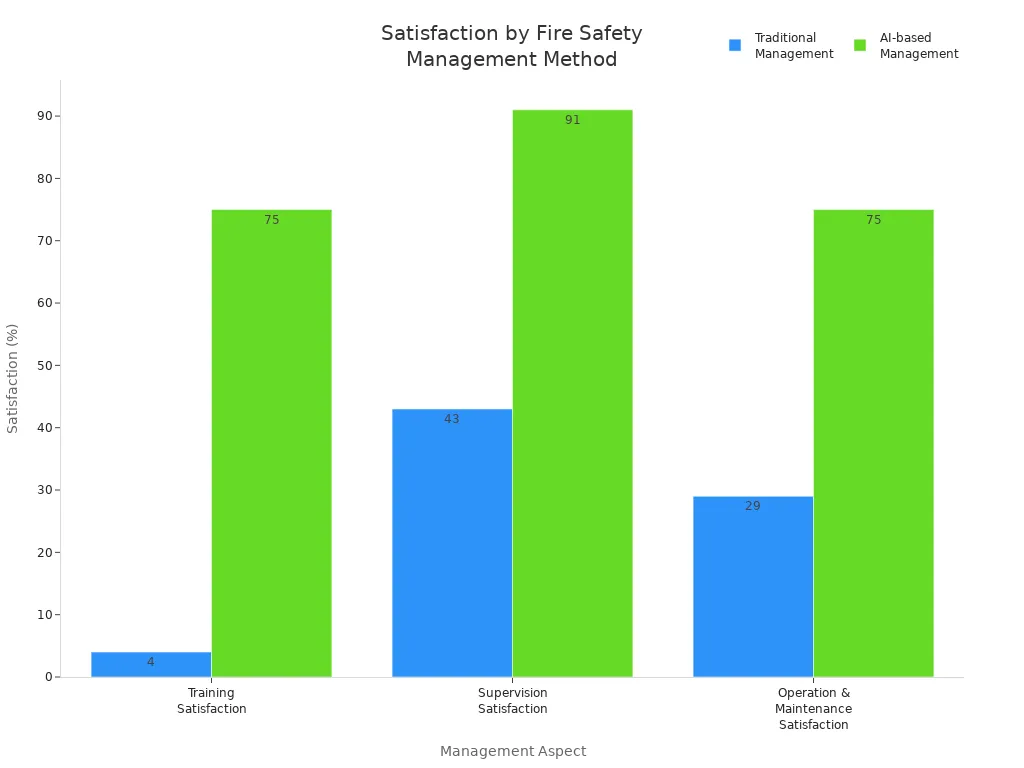
Picking a good fire alarm system like tyee gives strong fire safety. The fire safety systems market is growing fast. This is because of more cities, new rules, and better technology:
Market size was USD 71.6 billion in 2024, and it will keep growing.
IoT and AI help with real-time checks and smart predictions.
Updating old buildings helps the market grow more.
Key Takeaways
When fire alarm, sprinkler, and hydrant systems work together, they find fires faster. This teamwork keeps people safer during emergencies.
Smart technology like IoT and AI helps spot fires better. It also lowers false alarms and lets you check your system from anywhere.
Central control lets you see all fire safety devices at once. You can find problems early and act fast to protect your building.
You need to do regular maintenance and train staff often. This keeps fire safety systems ready and working well when needed.
Pick certified and easy-to-use systems. Work with trusted experts like TYEE for strong fire protection and smooth system setup.
Why Fire Safety Integration Matters
The Importance of Integration and TYEE’s Leadership in Smart Fire Safety
Modern buildings have many fire risks. Cooking and heating equipment can start fires. Electrical problems also cause many fire incidents. People can be careless or use open flames. Vandalism can make things worse. If there are lots of flammable things, the risk goes up. Bad storage of these items is dangerous. Some building designs help fire spread fast. Weak fire safety rules make things riskier. Poor care of fire fighting systems adds to the danger.
TYEE is a leader in smart fire safety. Their goal is to keep you safe and calm. TYEE has over 32 years of experience. They make fire alarm systems you can trust. They also provide emergency lights and fire alarm controllers. These work together as one system. This helps your building stay safe in emergencies.
TYEE’s fire alarm system has special sensors. These sensors find smoke, heat, and fire signs early. Emergency lights and signs show people where to go. This helps everyone get out fast. The fire alarm controller links all fire fighting parts. It makes alarms, sprinklers, and hydrants work together. Even the non-addressable fire alarm system gives simple protection. It works well for many buildings.
Unified fire fighting systems give you many good things:
Smart sensors find smoke, heat, and gas early.
Alarms and lights warn people fast.
Sprinklers and hydrants put out fires right away.
You can get alerts on your phone or security team.
The system works well with good design and checks.
When all parts work together, you get better safety. You get early warnings and fast help in emergencies. This keeps everyone safer. TYEE’s fire safety integration lowers risks. It helps people respond faster. It protects people and property.
Smart Technologies Empowering Fire Safety
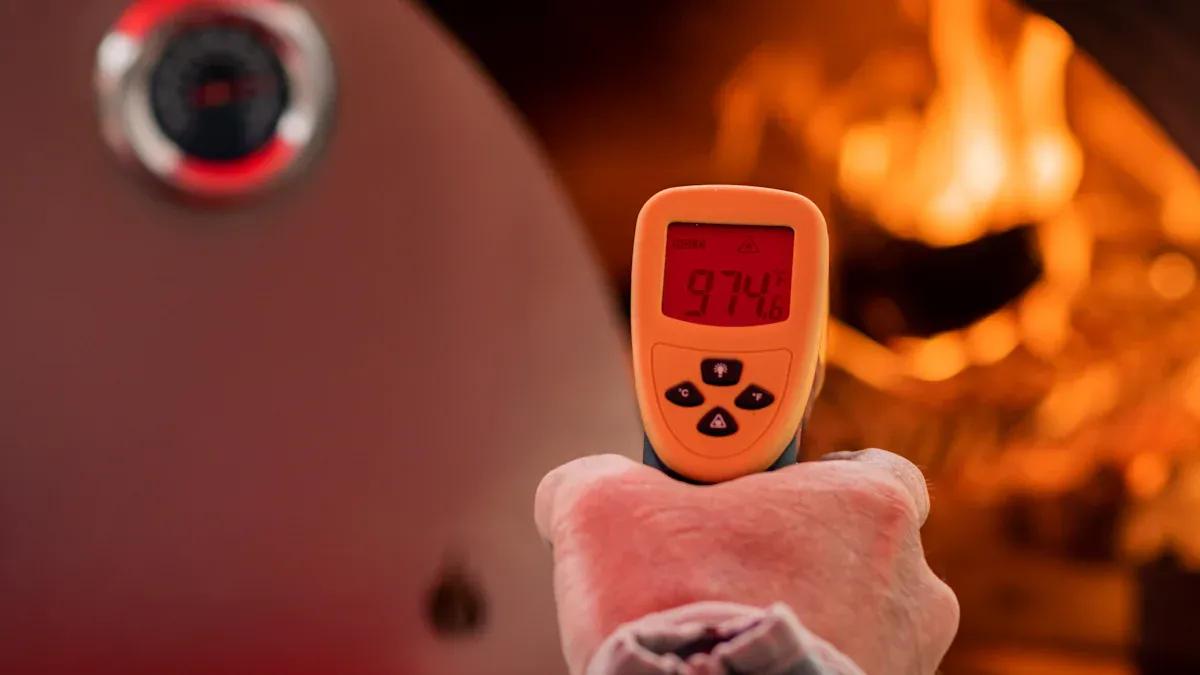
IoT and AI Applications
Today, buildings can use smart tools to stay safer. IoT and AI work together to make fire alarms better. These systems are easier to use and more reliable. You can get alerts on your phone or computer right away. Sensors can find smoke, heat, or gas leaks fast. AI helps tell if smoke is from a real fire or not. This means you get fewer false alarms and faster help.
Here is how new technology is used in different places:
Aspect | Details |
|---|---|
– IoT and AI give live warnings and help manage risks. | |
– U.S.: Many want modular IoT fire systems. | |
Market Growth & Drivers | – Stricter rules, more cities, and smart city plans help these systems grow. |
Challenges | – High prices and hard setup. |
Modern fire alarms use wireless and hybrid networks. This makes them easy to put in and grow with your needs. You can link them to smart sprinklers and other building controls. This lets you handle fire safety from anywhere.
Centralized Control and Monitoring
Centralized control lets you watch all fire safety gear in one place. TYEE’s cloud fire alarm systems show alarms, sprinklers, and hydrants in real time. You can check if things work, get alerts, and fix problems fast.
Centralized monitoring gives you these good things:
Watch all fire alarms and sprinklers in real time.
Find problems early so you can act before fire spreads.
Manage safety from anywhere with remote access.
Data logs help you see patterns and plan repairs.
Linking with building systems helps you respond better and lowers false alarms.
TYEE’s features include multi-sensor detection, digital bus communication, and cloud management. These help you get quick help, better detection, and strong fire safety. With centralized control, your building stays safe, follows rules, and your fire safety systems are always ready.
How Fire Safety Systems Work Together
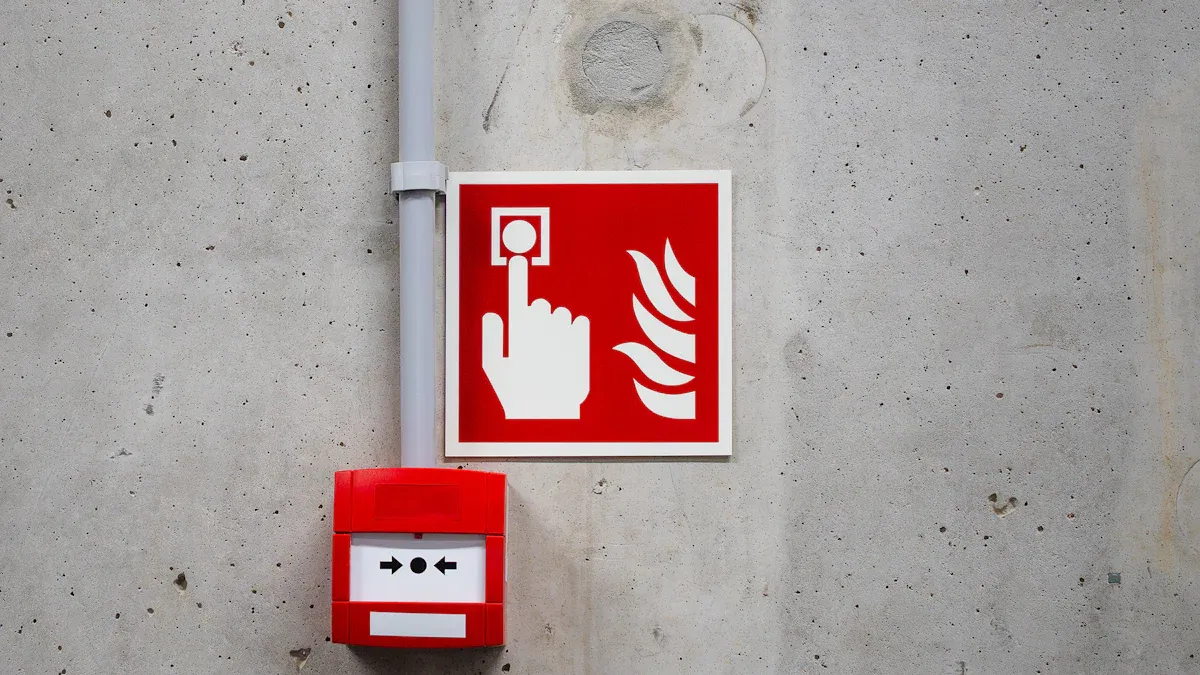
Detection and Notification
It is important to find fires fast. TYEE’s fire alarm systems have special sensors. These sensors can spot smoke, heat, or gas leaks right away. They work together to find the first signs of fire. When danger is found, the system sends a signal to the fire alarm control panel. This panel is like the brain for your fire fighting systems.
After the panel gets the signal, it follows steps:
The system checks if there is really a fire.
If needed, it turns on alarms in the building.
Alarms can warn everyone or just people in danger.
Sometimes, the system waits a bit before sounding all alarms. This lets trained staff check first and helps stop false alarms.
Some systems warn security teams early before telling everyone.
You get alerts from loud alarms, flashing lights, or phone messages. TYEE’s fire alarm system works with emergency lights and signs. These help guide people to safety during a fire. The system also connects to building controls like doors and elevators. This helps people escape quickly.
Tip: Test and take care of your detection devices often. This makes sure they work when you need them.
Automated Suppression and Hydrant Integration
After finding a fire, your fire fighting systems try to stop it. TYEE’s integration brings together sprinkler and hydrant systems for strong protection.
Sprinkler systems start when they sense heat from a fire. The sprinkler heads open and spray water on the flames. Waterflow switches in the pipes notice this and tell the fire alarm control panel. This shows the sprinklers are working.
Hydrant systems give high-pressure water for firefighters. Tamper switches watch the valves to keep water flowing. If someone messes with a valve, the system sends an alert. This keeps your fire fighting systems ready all the time.
Here is how suppression integration works:
Sprinkler systems act first and try to stop the fire.
Hydrant systems help if the fire gets bigger or spreads.
The fire alarm control panel manages both systems together.
TYEE’s fire fighting systems use digital communication to link all devices for a quick response.
This setup gives fast automatic suppression and strong backup. It is very important in places like factories, warehouses, and big buildings.
Emergency Response Coordination
During a fire, all your fire fighting systems must work together. TYEE’s integration makes sure this happens well.
The fire alarm control panel gets signals from detectors, sprinklers, and hydrants. It acts as the main hub and coordinates everything:
It turns on alarms and tells emergency services right away.
It checks all fire fighting systems, like sprinklers and hydrants.
It sends updates to your security team and emergency workers.
It keeps a record of every action to help you improve your fire safety plan.
Integration with emergency services lets your building share info with fire departments. This helps them get ready before they arrive. They know which areas are in trouble, which systems are working, and where people need help.
Note: Real stories show that integrated fire fighting systems save lives and protect property. For example, in a factory, sprinklers controlled a fire until firefighters came. In a data center, fast detection and suppression stopped big losses. These examples show that good integration and regular care really help.
When you use TYEE’s fire fighting systems, you get a full solution. Detection, notification, suppression, and emergency response all work together. This keeps your building safe, protects people, and limits damage during fires.
Advantages and Challenges of Integration
Enhanced Safety and Efficiency
When you use integrated fire fighting systems, you get many benefits. These systems work together to keep people and buildings safe. Here are some ways they help:
IoT tools can spot electrical problems early and stop fires.
Fire alarm systems link with sprinklers and other controls for safety.
Cloud monitoring lets you check your system and fix problems fast.
Connected devices help lower false alarms and send alerts quickly.
You can see live data to plan safe evacuations.
Centralized monitoring gives you control and helps you talk to help fast.
Predictive maintenance keeps your systems ready and saves money.
Insurance companies may lower costs because these systems lower risk.
Everyone inside gets better safety. The system shares important info during emergencies. This helps you and emergency teams act fast. With these tools, you can keep your fire safety up to date. You will be ready for new rules or technology.
Integrated fire fighting systems help lower false alarms, make evacuations better, and keep your building safe by following codes.
Overcoming Integration Challenges
You might face some problems when you connect fire alarm, sprinkler, and hydrant systems. These problems can be technical, money-related, or about rules. Here are the main problems and how TYEE helps:
Technical problems: You need to cover all fire risks and connect new and old systems. Big buildings need careful planning to keep every area safe. TYEE’s team checks your site and uses smart design so your systems work well together.
Regulatory problems: You must follow rules like ISO, NFPA, and UL. TYEE’s products have top certifications like ISO9001, UL, CE, LPCB, and GOST. This means you meet local and global fire safety laws.
Cybersecurity: You want to keep your systems safe from hackers. TYEE uses strong encryption, regular checks, and dual-network communication to protect your data and alarms.
Financial problems: Upgrading to integrated systems can cost more at first. But you save money later with fewer false alarms, lower insurance, and less downtime.
Challenge | TYEE Solution |
|---|---|
Technical | Smart design, site checks, and easy system upgrades |
Regulatory | Full compliance with ISO and NFPA standards, with certifications including UL, CE, LPCB, and GOST. |
Cybersecurity | |
Financial | Lower long-term costs, fewer false alarms, and insurance savings |
TYEE’s experience and awards show you can trust their fire fighting systems. Many big projects and companies use TYEE for better safety and safe evacuations. Their solutions help you meet all safety needs and keep your building ready for any fire emergency.
Practical Tips for Successful Integration
Choosing the Right Solutions
Picking fire safety systems for your building takes planning. You need systems that work together and follow safety rules. Here are some steps you can use:
Make sure each system follows local and world standards like ISO or CE. This keeps your building safe and legal.
Choose equipment made from strong materials that do not rust. Look for things like anti-clogging and anti-freeze to keep systems working.
Check that fire alarms, sprinklers, and hydrants fit with your pipes and other safety tools.
Pick systems that are simple to set up and fix. Good manuals and spare parts help you avoid problems.
Think about cost and how long the system will last. Find warranties and service plans to protect your money.
Work with suppliers who have done jobs like yours before. Good reviews mean you can trust their help.
You should also pick systems that use IoT or IP-based communication. This lets you control everything from one place and check it from far away. When fire alarms and sprinklers can talk to other security systems, you get better safety. Centralized monitoring helps you see all dangers in one spot.
Tip: TYEE’s one-stop service does everything from checking your site to remote monitoring. Their modular design makes it easy to add or change things as your building grows.
Maintenance and Training
To keep your fire safety systems ready, you need regular care and training. Here are some best practices to follow:
Best Practice Area | Description |
|---|---|
Look at all equipment for damage or blockages. | |
Regular Testing | Test alarms, sprinklers, and hydrants to make sure they work. |
Preventative Maintenance | Change batteries, clean sensors, and update software before problems start. |
Technology Upgrades | Replace old equipment to meet new safety rules. |
You need to make safety important for everyone. Teach your staff to spot dangers and act fast. Keep records of all checks, tests, and training. Use IoT sensors and smart tools to watch system health and get alerts. Practice emergency drills so everyone knows what to do.
TYEE gives you certified parts, expert training, and regular care. Their smart platform lets you watch everything live. As technology changes, check your systems and update them to stay safe.
Note: Do not forget to do maintenance or ignore system alerts. Regular care and training keep your building safe and ready for any emergency.
Smart fire safety integration changes how you keep your building safe. You can find fires faster and get alerts right away. IoT and AI help all your systems work together in an emergency. TYEE’s certified solutions use trusted technology that works well in tough places.
You get help from experts, easy-to-add systems, and training that never stops.
Regular checks and learning more help you keep safety rules strong.
Look for custom solutions and expert help at tyeefire.com to protect your building and everyone inside.
FAQ
What is the main benefit of integrating fire alarm, sprinkler, and hydrant systems?
You can find fires faster and get alerts sooner. All the systems work together to help everyone stay safe. This setup protects people and buildings better during a fire.
How often should you test your integrated fire safety system?
Test your system at least once a month. Checking it often helps you find problems early. This keeps your building safe for everyone.
Can TYEE’s systems work in older buildings?
Yes, TYEE makes systems for both new and old buildings. You can upgrade what you have without big changes. This makes it easy to get better fire safety.
What certifications do TYEE fire safety products have?
TYEE products have certifications like ISO9001, UL, CE, LPCB, and GOST. These show the products are safe and high quality. You can trust them to protect your building.
Who should maintain and inspect the fire safety systems?
Let trained experts check and fix your fire safety systems. They know how to find problems and keep everything working. This helps your building stay ready for emergencies.

